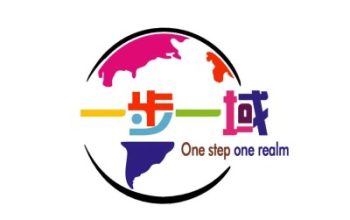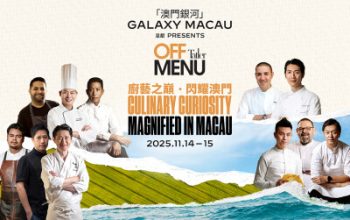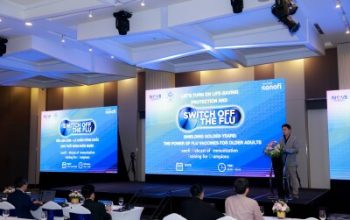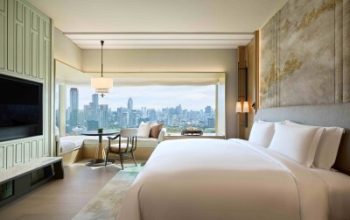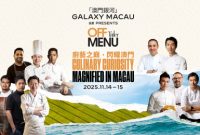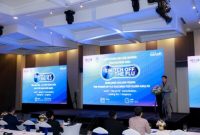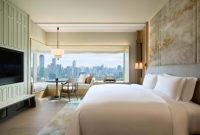In this rapidly evolving world, Adaptable HR plays a central role in helping organisations navigate the ever-changing business and operating environment, as per the Asia Pacific’s largest study on the State of HR Transformation recently launched by Alight Solutions and People Matters.
SINGAPORE – Media OutReach – 21 May 2020 – The third edition of the Alight Solutions’ State of HR Transformation study in partnership with People Matters focuses on the theme “Adaptable HR”, as talent and the community at large face an unprecedented situation triggered by COVID-19 crisis. The Asia Pacific’s largest study on the State of HR Transformation shows how being Adaptable is no longer a choice, it is an imperative; it is the inevitable. Everything at the workplace is undergoing dramatic transformation and interestingly, what could have been a reality of the future, has now become the present.
But how ready is HR to face these unfamiliar challenges and adapt quickly to the rapid changes? Here are some key insights from the third edition of State of HR Transformation Study:
Focus of HR transformation is all about enabling business transformations
The study finds that highly adaptable HR organisations (Mature Archetypes) are not only looking at addressing risks that are closer to the business, but they are also more ready to address these risks driven by stronger governance, right capabilities and the right platforms.
“Being Adaptable is no longer a choice, it is an imperative; it is the inevitable. It is critical that HR teams accelerate the change of their HR Service Delivery Model and drive the shift needed in organisations to adapt to this new business model,” said Shaswat Kumar, Vice President & Asia Head – Payroll Advisory and Cloud Solutions, Alight Solutions.
Combination of HR Operating Model, Digital Tools and Disciplined Governance drives success
Organisations who have clarity on HR Operating Model and HR Technology are almost twice more confident in their ability to adapt and 2.5 times more productive. Additionally, organisations who are also good at navigating to the Future that is closely linked to the governance practices in HR are nearly 4 times more confident in their ability to adapt.
“The agenda of this year’s theme, Adaptable HR, could not have been more relevant than today, when everything at the workplace is undergoing dramatic transformation. In fact, what the HR function might have planned for the future is something that it has to deliver now,” said Ester Martinez, CEO & Editor-in-Chief, People Matters.
Now is the time to relook at HR Operating Models and see how HR teams can leverage Digital Tools with Disciplined Governance to drive maximum success.
Digital is key for HR to deliver on both employee experience and compliance
75% of our participating organisations have a service delivery model that is either partially or completely established. Increasingly, complementing technology and governance of the model will play a key role in establishing the effectiveness of the model. Employee experience and compliance are the dominating service delivery design principles.
“The three essential elements of adaptability are: Commitment to Outcomes, Adoption at Heart, and Navigating to the Future and they are all held together in our ways of working. The way we design programs, deliver and measure experience, and how we challenge ourselves to continuously improve upon it through governance,” said Vikrant Khanna, Partner, and Asia Lead, Advisory, Alight Solutions.
Adaptability is built on the foundation of the HR Operating Model and complimenting HR Technology.
The changing role of HR: Think through “model-specific” roles
Consistent with the investments in HR capability, the study observes that there are gaps in the clarity of roles within HR. These gaps result in confusion in the ways of working and erode both value delivered to stakeholders and experience of stakeholders (including HR incumbents).
Here’s how the roles need to change:
• Field HR role holders are being looked at to deliver the last mile. This role is a critical anchor of Employee Experience, relationships with managers and driving organisational values through domains like Employee Relations.
• Emergence of Change Management, Analytics Orientation and Creative Solutioning are key capability requirements for Centres of Excellence. They are expected to design programs, make adjustments based on business/ geographic needs and measure their delivery effectiveness.
• HR Business Partners (HRBPs) are increasingly expected to play the role of advisors and consultants to business leaders and will get measured on business impact and outcomes.
• HR Services/Transaction roles continue to gain more importance as Technology and People Analytics become central to the success of HR.
Robotics and Cognitive Technologies in demand: Demands organizational readiness and maturity
The study highlights a sharp rise in the application of Robotic Process Automation in Contact Centres, Payroll and Workforce Administration. Recruiting and Analytics, on the other hand, see greater application of Natural Language Processing and Unstructured Data Conversion technologies. Further, the percentage of respondents that are highly or somewhat satisfied with their HR Technology has risen by almost 1.5 times as compared to 2017.
While HR technology adoption and satisfaction increases, organisations need more than just implementation. The deployment partners of choice will be those that can help them realise the combination of HR Domain, Adoption, Operational Excellence and Application Management. There is a need for HR Operations and Technology to partner and solve for efficiency and experience needs. This collaboration paves the way for organisation readiness to drive greater adoption of such technologies.
Top priorities for HR in the coming 12 to 24 months
For the last 3 editions, the study has observed that HR always had a packed agenda when it comes to driving effectiveness.Capability development in HR has remained a top focus for organisations along with the need for an integrated Talent Management process.
• Employee Experience has been a consistent focus for organisations in their quest to address the broad spectrum from creating a sense of purpose to the ease of transactions.
• Driving organisational change is becoming a priority, this also resonates with the talent risks that organisations are trying to address.
• Managerial effectiveness sees greater priority as compared to the past, this is a linked focus stemming from the need to drive employee experience and change for both of which managers are a critical pivot.
• Process integration and simplification remains a top priority as it ties in with the focus on employee experience and reducing transactional burden across stakeholders.
HR Transformation is not a project. It is an ongoing journey across Planning, Execution and Realisation stages. This cycle should not end but repeat on an ongoing basis. What changes is the fact that continuous calibration and discipline reduces the time it takes from planning to realisation.



